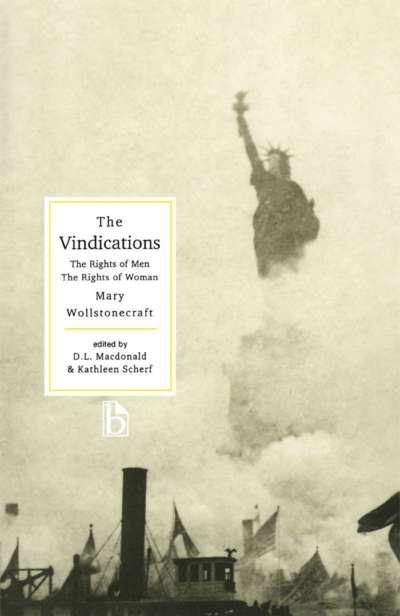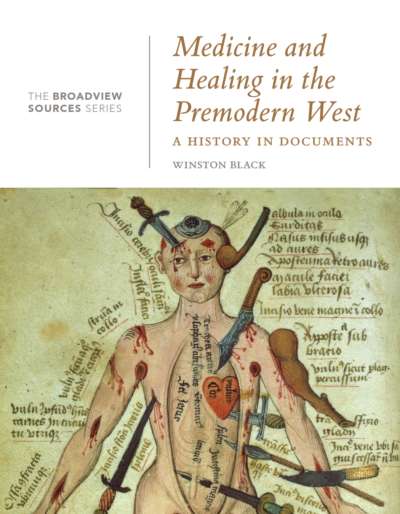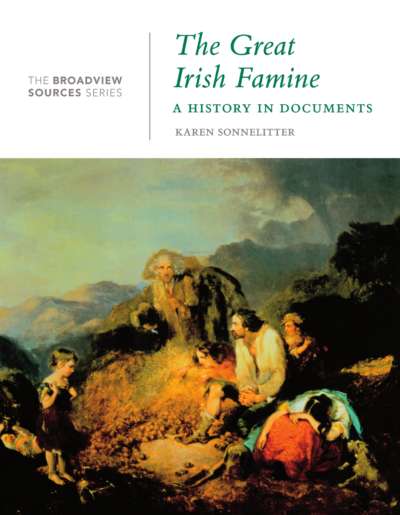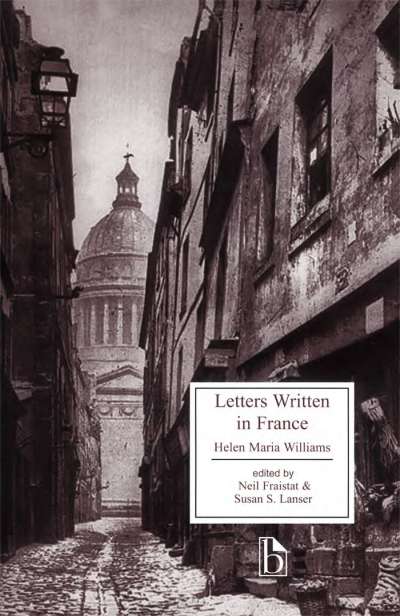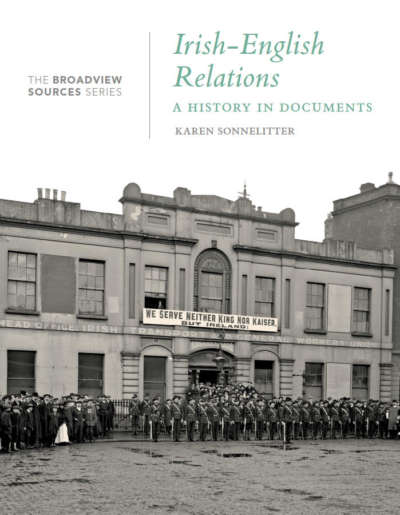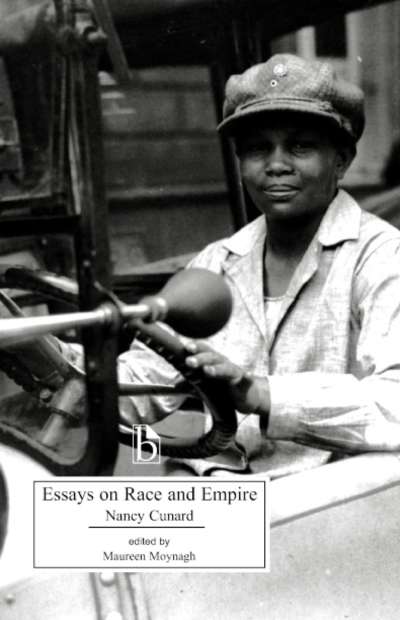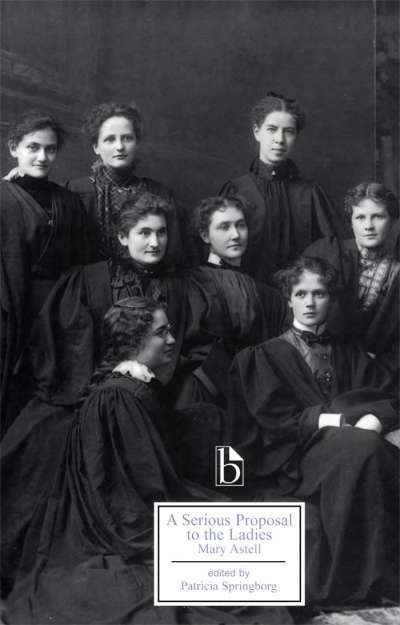This book features various accounts of a cholera outbreak in West London that killed over 500 people in ten days during the late summer of 1854. What had caused the outbreak? Local authorities of the time were flummoxed about the mode by which the disease had spread. What has become known as “the Broad Street pump episode” is one of the most significant early examples of a team-oriented investigation into the causes of an epidemic—a hallmark of epidemiology and public health today.
This collection includes documents from the five separate investigations that were conducted into the possible causes. John Snow and Henry Whitehead made independent investigations; inspectors from the General Board of Health and the Sewer Commission, as well as a parish inquiry committee, also scrutinized the outbreak. This volume traces competing notions of how this disease was transmitted, starting with the first pandemic, which reached England in 1831, and it documents how they developed over time.
Comments
“With highly engaging prose, accessible primary sources, and thought-provoking prompts, Peter Vinten-Johansen has produced an invaluable resource for students who want to understand better not only the monumental shifts in scientific methods and thinking concerning epidemics and disease in the nineteenth century, but also what it means to ‘do’ history, as he invites readers to conduct their own detective work and textual interpretations. An ideal blend of choose-your-own-adventure approach to storytelling combined with serious scholarship and documentation, Investigating Cholera will make the history of epidemics—and the classroom—come alive.” — Beth Linker, University of Pennsylvania
“Broad Street in London exerts an almost mythical hold over public health. But what do we really know about it? Peter Vinten-Johansen expertly deconstructs the legend by using a wide range of original documents to reconstruct the trajectories of cholera from India to Great Britain in the mid-nineteenth century. An exemplary model of its kind, this book is an essential resource for teachers and students of history and public health who want to understand how the knowledge and practices of medicine, science, and politics were brought together in an attempt to solve a pressing problem that had dire consequences at local and global scales.” — Graham Mooney, Johns Hopkins University
“This freshly edited collection of documents relating to the cholera outbreaks in mid-nineteenth-century Britain will prove invaluable for students and instructors alike. The material has been gathered to dispel the anachronistic view that John Snow was either a lone and derided genius or ‘a prototypical germ-theorist.’ The story of cholera investigation that emerges here is a collaborative one.” — Alannah Tomkins, Keele University
Preface
Acknowledgements
Abbreviations
Introduction
Chronology
Questions to Consider
A Note on the Text
PART I: THE THOMAS STREET CHOLERA OUTBREAK OF 1849—A CONTESTED NATURAL EXPERIMENT
- 1. Asiatic Cholera Approaches the British Isles: General Board of Health, Guidelines for Managing Epidemic Cholera (7 October 1848)
- 2. Metropolitan Commission of Sewers: John Grant, Two Reports on Cholera in South London (August 1849)
- 3. A New Hypothesis: John Snow, On the Mode of Communication of Cholera (September 1849)
- 4. Cholera as Contagion: Two Medical Journals Review Snow’s Pamphlet (September 1849)
- Questions to Consider
PART II: CONTAGIOUS OR NON-CONTAGIOUS—A CHOLERA MYSTERY
- 5. What’s Happening in India? Frederick Corbyn, “Account” (1819) and Gilbert Blane’s Critique at the Royal Medical and Chirurgical Society (1820)
- 6. The Pandemic’s Progress from India to Britain, 1817–31: Thomas Wakley, “The Blue Cholera of India” (November 1831)
- 7. Epidemic Constitution of the Seasons and Its Relevance for the Present Age: Gavin Milroy, “Life and Writings of Sydenham” (1846–47)
- 8. The Cholera-Fungus Fiasco: Excerpts from Medical Journals and the Times (September–November 1849)
- 9. Westminster Medical Society: Excerpts from Cholera Discussions (October 1849)
- Questions to Consider
PART III: FILTH, ELEVATION, AND IMPURE WATER—THE CHIEF CAUSAL CONTENDERS AT MID-CENTURY
- 10. Cholera as a Localizing Disease: General Board of Health, Report on the Epidemic Cholera of 1848 and 1849 (1850–51)
- 11. Atmosphere, Thames Water, and Elevation: General Register Office, Report on the Mortality of Cholera in England (1848–49)
- 12. Casting a Wider Net: Excerpts from Meetings of the Epidemiological Society of London (1850–51)
- 13. Probability in Epidemiology: Snow, “Mode of Propagation of Cholera” (1851)
- 14. Who Supplies Your Water? Snow’s “Grand Experiment” in South London (1853–54)
- Questions to Consider
PART IV: “A REMARKABLE OUTBREAK”
- 15. Early Days: Henry Whitehead, Cholera in Berwick Street (October 1854) and Subsequent Recollections (1865)
- 16. Early Days: Alexander Stewart, “Cholera in the Middlesex Hospital” (October 1854) and Elizabeth Gaskell on Florence Nightingale at Middlesex Hospital during the Outbreak (October 1854)
- 17. Early Days: Four Newspaper Accounts (3–11 September 1854)
- 18. Early Days: George Godwin, “The Life and Death Question” (9 September 1854)
- 19. A Pump in Broad Street: Snow, “Cholera near Golden Square” (23 September 1854)
- 20. General Register Office: Cholera Deaths Registered in the Subdistricts of Berwick Street, Golden Square, and St. Anne, Soho (2 September 1854)
- 21. Did Sewer Construction and Sewer Gases Cause the Cholera Outbreak? Four Letters to the Editor of the Times (5–9 September 1854)
- 22. A Great Affliction Has United Us: Whitehead’s Sermon at Friday Evensong (8 September 1854)
- Questions to Consider
PART V: WHAT EXACTLY HAPPENED, AND WHY?
- 23. Looking for Fever-Nests: Extracts from the General Board of Health’s Investigation of the Outbreak Area (September 1854)
- 24. The Sewers Are Blameless: Joseph Bazalgette, Edmund Cooper, and the Chairman of the Metropolitan Commission of Sewers Respond to Public Criticism (September 1854)
- 25. The Avocational, Shoe-Leather Epidemiologist: “Cholera in Golden Square,” Times (15 September 1854), and Whitehead, Cholera in Berwick Street (October 1854)
- 26. Snow’s Follow-Up Investigations: “Cholera near Golden Square” (22 September 1854), Presentation at the Epidemiological Society (4 December 1854), “Dr. Snow’s Report” (12 December 1854), and On the Mode of Communication of Cholera, 2nd ed. (January 1855)
- 27. Critique of Snow’s Methodology and Evidence: Edmund Parkes, Review of On the Mode of Communication of Cholera (April 1855)
- 28. Summarizing Their Tabular Findings: Donald Fraser, Thomas Hughes, and John Ludlow, Report on the Outbreak of Cholera (July 1855)
- 29. Illustrating the Outbreak: General Board of Health, Plan Shewing the Ascertained Deaths from Cholera in St. James, Westminster and St. Anne, Soho (July 1855)
- 30. A Wealth of Local Talent: Extract from the St. James, Westminster Parish Vestry Minute Book (1854), and Cholera Inquiry Committee, Report on the Cholera Outbreak (1855)
- 31. General Board of Health, Medical Council, Report and Appendix to Report of the Committee for Scientific Inquiries, “Report in Relation to the Cholera Epidemic of 1854” (1855), and John Sutherland, “Report on Epidemic Cholera in the Metropolis” (1855)
- Questions to Consider
Glossary
Select Bibliography
Index
Peter Vinten-Johansen is Associate Professor Emeritus at Michigan State University. He is the lead author of Cholera, Chloroform, and the Science of Medicine: A Life of John Snow, with co-authors Howard Brody, Nigel Paneth, Stephen Rachman, and Michael Rip, and he is the co-founder and content manager of the John Snow Archive and Research Companion.


